The ongoing struggles of global spirits companies like Pernod Ricard and Diageo can clearly no longer be passed off as post-Covid normalisation.
Faced with the prospect of an escalating trade war and mounting evidence consumers around the globe can’t afford to splash out on posh spirits quite so regularly as they once did, both Diageo and Pernod have this week said their previously outlined sales guidance can no longer be be relied upon.
Diageo has removed its mid-term guidance entirely while pledging to update the market more frequently, once it has better oversight of the possible impact of US tariffs.
Pernod Ricard, meanwhile, is now forecasting sales will decline to low single digits in the year to June, with the expectation of growing just 3%-6% between 2027-2029, compared to the 4%-7% it had previously anticipated.
Heads out of the sand
It’s refreshing in some sense to see these two global spirits majors lift their heads from the sand and acknowledge the increasingly bleak global outlook.
Yes, premiumisation trends have shown some resilience in the face of cost of living pressures, and yes, the legal drinking age population continues to grow around the world. But consumer sentiment is too negative and the future headwinds look too strong to simply dismiss the current situation as merely a bump in the road.
The phrase “normalisation” was trotted out all too frequently when signs of softness began to emerge shortly over a year ago. But that must now surely be consigned to history, given neither Diageo nor Pernod Ricard were able to muster organic net sales growth last year – and neither seem especially likely to do so this time round, either.
The key question to be answered is whether the downturn is cyclical or structural. Are consumers cautious because of the volatile macroeconomic climate, or is spirits consumption permanently on the wane?
Consumers ‘feeling the pressure’
Bosses at Diageo and Pernod Ricard are understandably keen to argue the former.
Earlier this week Diageo CEO Debra Crew told journalists consumers still “want premium brands” but are “feeling the pressure on their wallet,” notably in the US, following sustained grocery inflation. The Johnnie Walker brand owner is responding by putting more of its premium brands into smaller pack sizes, and pushing RTDs to try and “keep people in our brands”, according to CFO Nik Jhangiani.
Both moves look like pragmatic plays, but the spectre of Trump’s tariffs loom large over the outlook, given Canadian whiskey and tequila make up 45% of its annual sales revenue in the US.
Speaking to media today (6 February) Pernod Ricard CEO Alexandre Ricard was similarly bullish about its prospects.
“Globally, our volumes have been growing for four consecutive quarters,” he said. “Demographics are still tailwinds for us, total beverage alcohol penetration.. has been and is still stable. If you look at [consumption] frequency, frequency has gone down, but intensity has gone up.”
The short term looks decidedly more challenging for Pernod, given its current trajectory and geographical sales split. The Paris-headquartered group is already seeing considerable softness in the US (sales fell by 7% in H1) and China (down 25%), where Beijing’s tariffs on European brandy have turned Martell into “the black sheep” responsible for 90% of its H1 sales declines, according to Bernstein analyst Trevor Stirling.
Barclays analysts are questioning if Pernod’s newly downgraded forecasts are too ambitious still: “It is hard for us to see the company hitting the FY26 expectations if China cognac tariffs are not removed or reduced later this year, and there could be a further impact if the US implements tariffs.”
Unsurprisingly, the group is tightening its belt. It plans to make €1bn in cost savings between 2026 and 2029, and has frozen recruitment globally. Such strong cost discipline may reassure investors, but is unlikely to help it maintain or gain market share.
New threats to alcohol
Longer-term, there are two elephants in the room in the form of weight-loss drugs such as Ozempic and Wegovy, and Gen Z’s widely reported indifference towards alcohol.
Early studies have indicated taking GLP-1 inhibitors could reduce cravings for alcohol, leading City veteran Terry Smith to instruct his investment management company Fundsmith to ditch its shareholding in Diageo last year.
The drinks industry was “in the early stages of being impacted negatively by weight loss drugs”, Smith told Fundsmith shareholders. “It seems likely that the drugs will eventually be used to treat alcoholism, such is their effect on consumption.”
Crew said it was too early to draw any definitive conclusions on the effects of these drugs, but pointed out that – with 40 million US citizens reportedly already using them – any significant impact on demand for spirits would have been reflected more clearly by now.
“We’ve heard anecdotally that people are changing what they drink, but they’re not necessarily stopping,” she said. “Some people have said they don’t like carbonated drinks, or sweet drinks as much. But you can’t really put numbers to these kind of things. You monitor the trends, but its hard to pull out as separate and distinct from other [moderation] trends that we’re seeing.”
As to Gen Z, there was “a bit more abstinence” among the cohort than others of legal drinking age, Ricard admitted. “They definitely drink less beer and wine, and penetration of these segments has gone down”. Pernod Ricard does not play in beer, and plans to complete the offload of its wine business by this spring.
Nevertheless, “penetration for spirits amongst that segment of the population has gone up by three [percentage] points over the last decade”, Ricard pointed out. This, he concluded, was another sign that “the headwinds we’re facing are mainly cyclical”.
Time will tell if such optimism is misplaced, but – for now at least – “challenging” looks to have replaced “normalisation” as the new spirits buzzword.


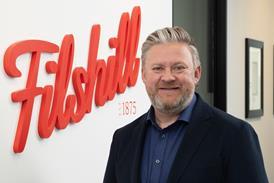

![XOXO-Product-Shot[ALL FLAVOUR]-Sky-1920x1080](https://dmrqkbkq8el9i.cloudfront.net/Pictures/274x183/4/9/2/355492_xoxoproductshotallflavoursky1920x1080_806584_crop.jpg)
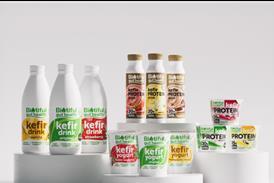
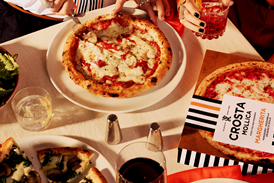

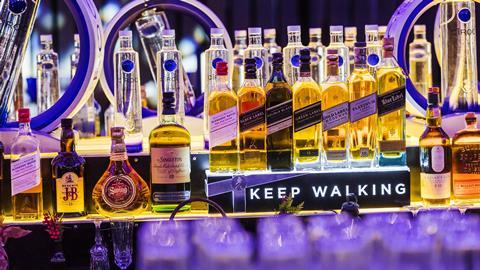

![XOXO-Product-Shot[ALL FLAVOUR]-Sky-1920x1080](https://dmrqkbkq8el9i.cloudfront.net/Pictures/159x106/4/9/2/355492_xoxoproductshotallflavoursky1920x1080_806584_crop.jpg)

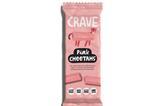
![XOXO-Product-Shot[ALL FLAVOUR]-Sky-1920x1080](https://dmrqkbkq8el9i.cloudfront.net/Pictures/380x253/4/9/2/355492_xoxoproductshotallflavoursky1920x1080_806584_crop.jpg)

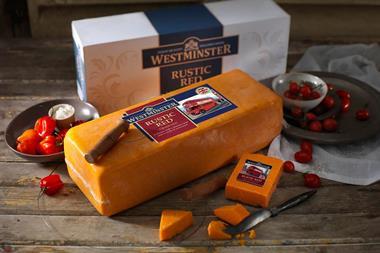
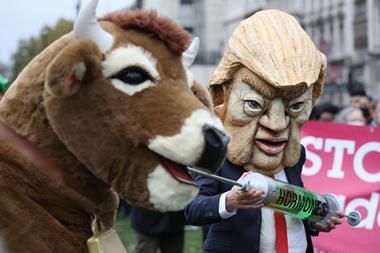

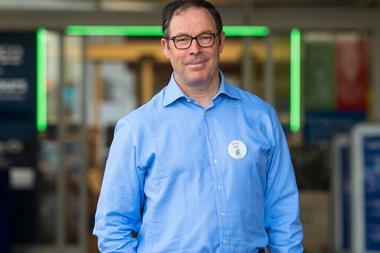
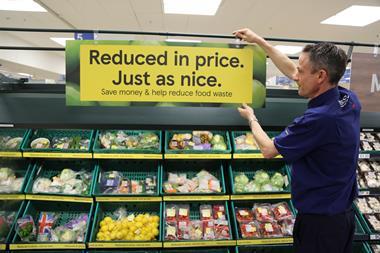

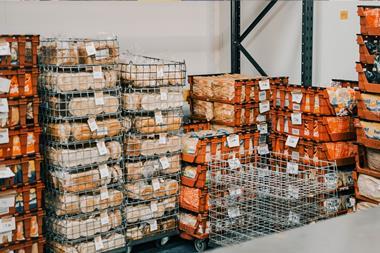

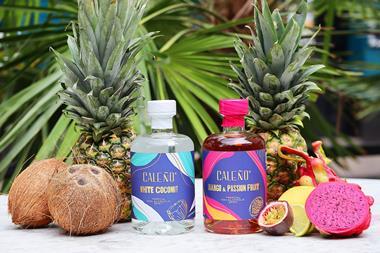
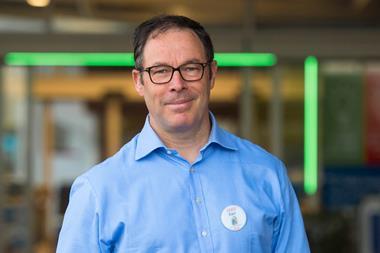
No comments yet